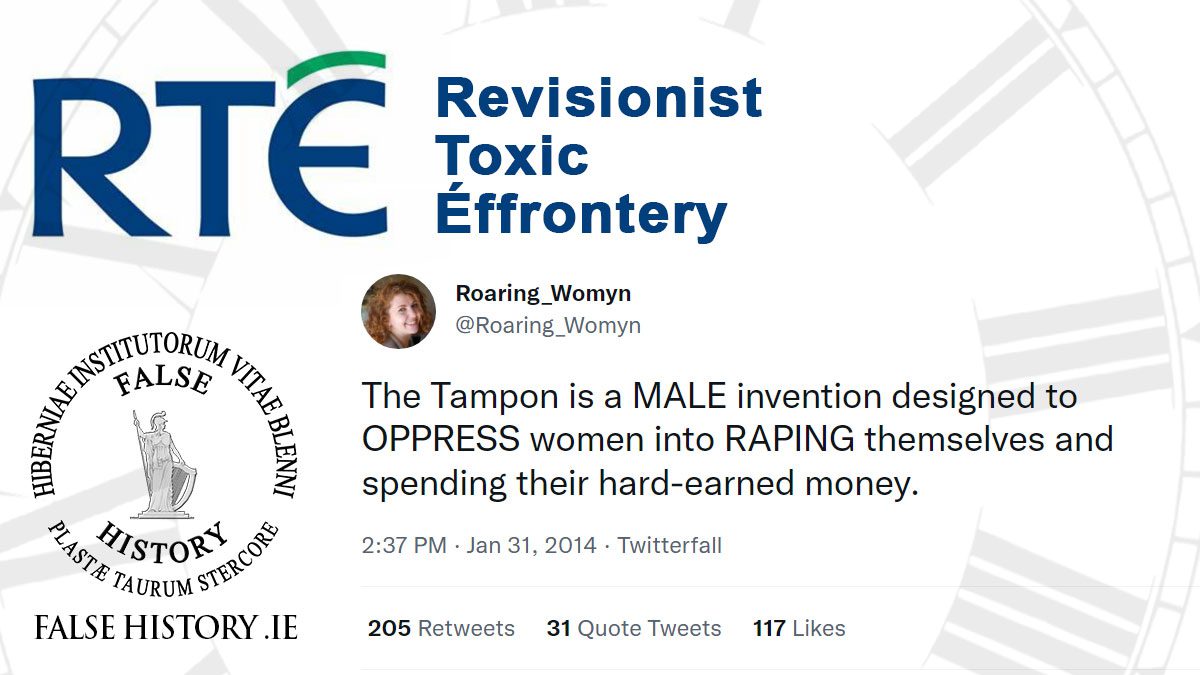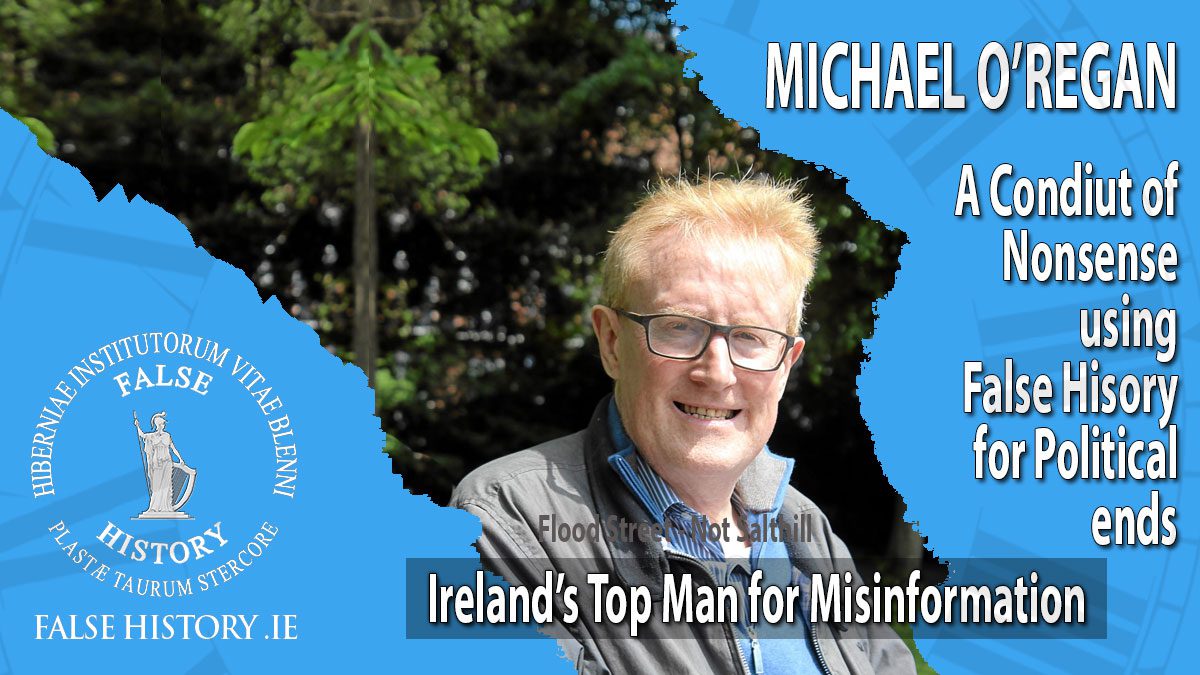The recent devastating floods in Valencia, Spain, have nothing whatsoever to do with climate change. The flooding is entirely man-made due to poor engineering and…
More Anti-Irish-Prejudice
In today’s Ireland, resplendent with its new generations of parchment holders, it never ceases to amaze how the dream of a college education for all…
Frequently Asked Questions
The quick guide to Ireland’s mother and baby homes scandal. Related Posts Child killers get a belt of a Crosier! History is always great craic…
John Ryan or Bodger a Fakenews Merchant
Broadsheet.ie is a guttersnipe website which gives vent to a certain type of Irish prejudices and bias. There is no editorial control and so the…
RTÉ’s Anti-Catholic Agenda
RTÉ is perusing it anti-Catholic agenda with gusto again this week with not one, but two false history programmes. Historians are taught that events in…
Michael O’Reagan – The Man for False History
Retired journalist Michael O’Regan has appointed himself the departmental secretary at the ministry for propaganda and false history. Of late, he has been very keen…
Damien O’Reilly- A Fool Rushes in…
Better to Remain Silent and Be Thought a Fool than to Speak and Remove All Doubt Damien O’Reilly, broadcaster and farming journalist, has become one…
Fake Climate News from State Broadcaster
Recent flood events at Salthill in Galway were reported under the headline “Storm Debi: Further sign of climate change in Ireland”. However, the floods have…
Patrick Christys – Half Irish, half educated, full union jackass
Bias and jingoistic bias is to be expected from the GB News channel, but racism is never acceptable. Patrick Christys’ anti-Irish comments calling the country…
Childish Climate Change Behaviour
Climate change activism often involves individuals with a simplistic view of the world and a limited grasp of scientific principles. John Gibbons, an environmental journalist…








